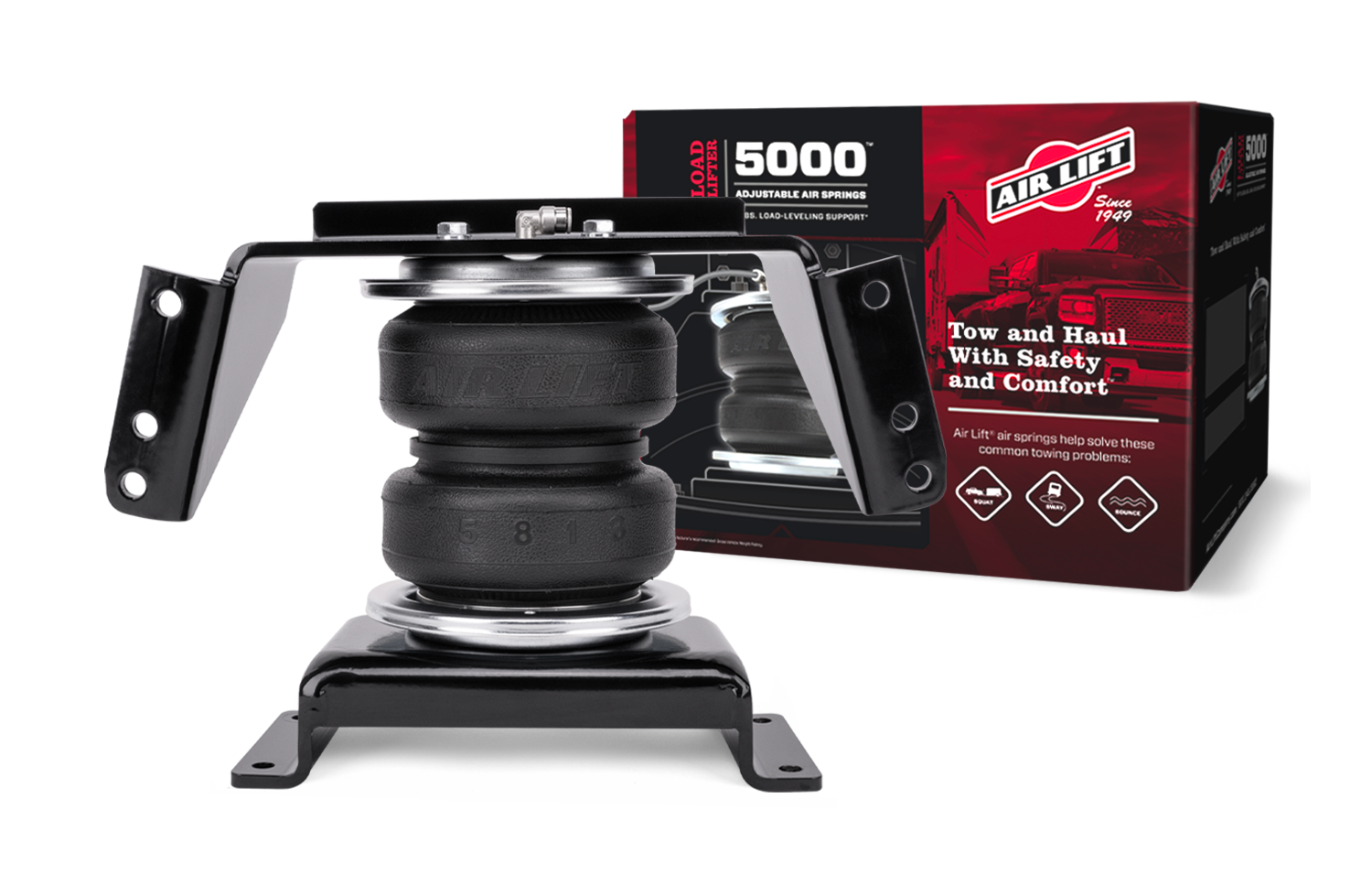
Like any other input increase, when interest rates go up those costs must be passed on by the automotive aftermarket, advised an industry leader.
But while the automotive aftermarket can find ways to reduce the impacts of commodity cost increases, the rise in interest rates presents a different challenge, said Paul McCarthy, president and chief executive officer of MEMA Aftermarket Suppliers during a quarterly call with the media. Especially when there’s been a dramatic and rapid increase to those rates.
Canada’s last interest rate increase came in late January when the Bank of Canada raised it to 4.5 per cent. It has held rates firm since then. In the U.S., that number is 5 per cent. Both were near zero just a year ago.
The aftermarket, McCarthy reminded, has payment terms that he called “very unusual.” He observed that the industry’s longer payment terms are unique — his group has been unable to see something similar in other industries.
“And while reverse factoring in these extended terms, it was, frankly, a clever funding mechanism when money was free, as it was, for a number of years,” he said, referring to when borrowing costs were low. “These higher interest rates to address inflation has created a negative financial impact up and down the chain.”
So what’s the aftermarket to do as higher interest rates and longer payment terms create higher costs to suppliers? Treat them like any other cost factor, McCarthy advised.
“In the near term, its impact is no different from rises and other input or commodity costs, whether that’s transportation or steel,” he said,
But unlike transportation or steel costs, where companies can look at ways to reduce those costs, higher interest rates don’t present those same opportunities.
“We can’t redesign the part; we can’t ship materials to a different port. It’s just a cost that goes up,” McCarthy said. “So suppliers need to work with their channel partners to appropriately pass on this cost.”












Leave a Reply